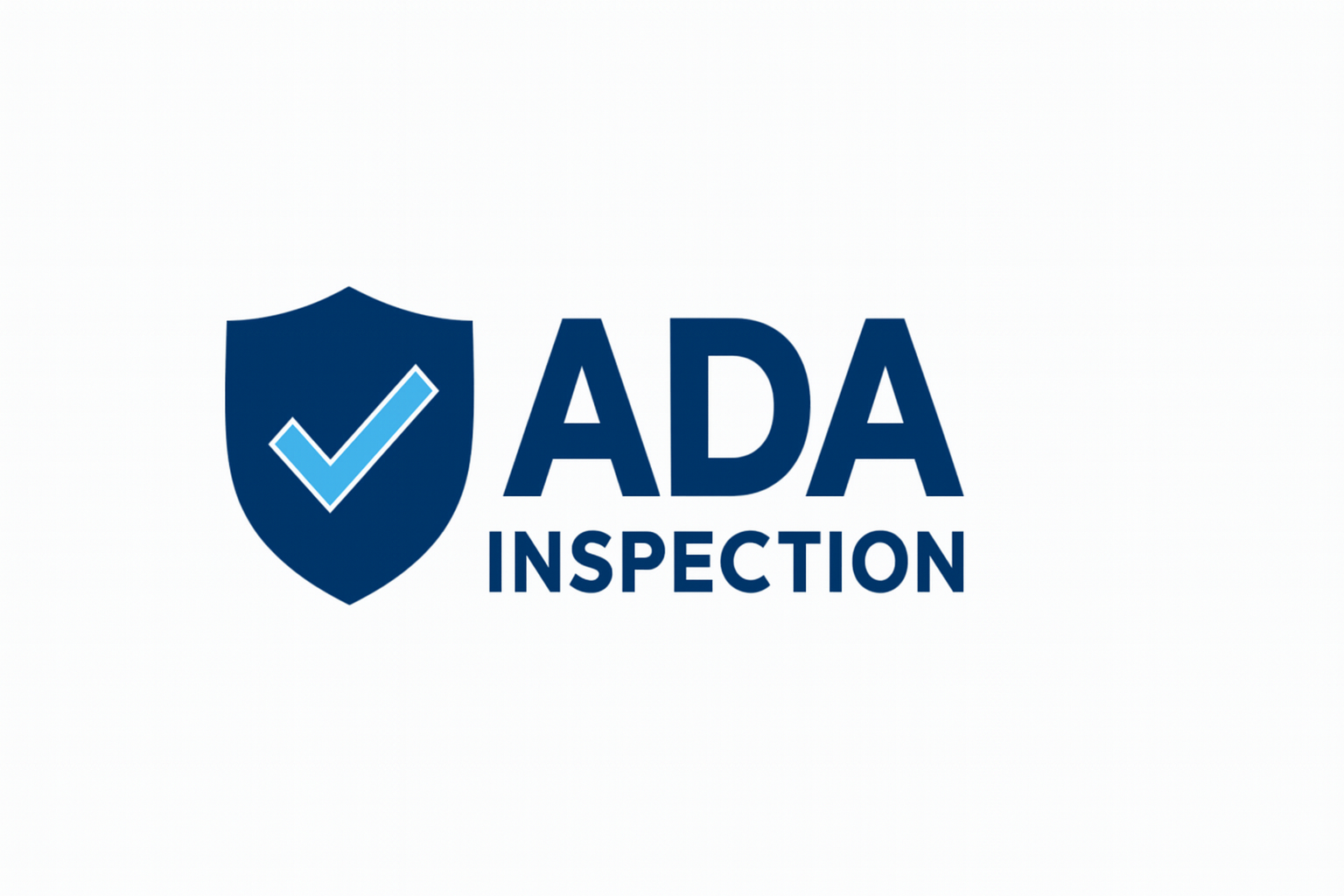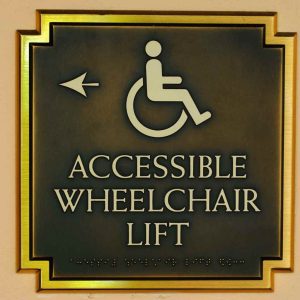An ADA-compliant website is designed to be accessible to everyone, including individuals with disabilities. It follows the standards set by the Americans with Disabilities Act (ADA) and the Web Content Accessibility Guidelines (WCAG). While accessibility is a legal requirement for many businesses, it’s also a strategic advantage. Making your site inclusive improves user experience, protects against lawsuits, and can even boost your bottom line.
Why Accessibility Is Good for Business
Building an inclusive website isn’t just about compliance. It’s about expanding your reach, improving usability, and staying ahead of legal risk. Here’s why it matters:
-
Over 61 million Americans live with a disability
-
Accessible websites reduce legal liability under the ADA
-
WCAG-compliant sites often perform better in search rankings
Whether you’re running an eCommerce store, service website, or B2B platform, accessibility brings value far beyond technical requirements.
Key Business Advantages of ADA Website Compliance

1. Expand Your Audience Reach
Yes. Making your site accessible allows people with visual, hearing, motor, or cognitive impairments to use your site. That means more users, more engagement, and potentially more conversions.
-
Screen reader compatibility brings in low-vision users
-
Keyboard navigation helps those with motor challenges
-
Clear structure and contrast help users with ADHD or dyslexia
2. Improve Your SEO Performance
Yes. Accessible design overlaps with many SEO best practices. For example:
-
Alt text improves image indexing
-
Proper headings aid crawlability
-
Fast-loading, keyboard-navigable sites get ranking boosts
Google and other engines reward clear, well-structured content especially when it’s usable by everyone.
3. Reduce Legal Liability
Yes. Businesses across the US have faced thousands of lawsuits over inaccessible websites. Ensuring your site meets WCAG 2.1 standards can protect you from ADA-related litigation.
-
Common targets: eCommerce, healthcare, hospitality, and legal websites
-
ADA website audits are increasingly expected by investors and clients
For risk mitigation, a professional ADA website audit is a smart starting point.
4. Improve Overall UX and Conversion Rates
Yes. Accessible websites tend to be:
-
Easier to navigate
-
Faster to load
-
Cleaner and more consistent in structure
This translates to lower bounce rates and higher user satisfaction.
5. Strengthen Your Brand Reputation
Yes. A business that demonstrates accessibility shows it values inclusivity and social responsibility.
-
Accessibility earns trust and loyalty
-
Users are more likely to recommend inclusive brands
-
It reflects a user-first design mindset
6. Future-Proof Against New Regulations
Yes. Laws evolve. More jurisdictions are requiring websites to meet accessibility standards. Getting compliant now helps you stay ahead of:
-
New DOJ rulings
-
State-level legislation
-
Industry specific accessibility mandates
7. Gain Competitive Advantage
Yes. Many businesses still overlook digital accessibility. By making your site compliant now, you:
-
Stand out in saturated markets
-
Reach users competitors ignore
-
Show leadership in ethical design
What Accessibility Features Should You Include?
Here are some critical features to ensure your website meets ADA and WCAG 2.1 standards:
-
Alt text on images and non-text elements
-
Keyboard navigability with clear focus indicators
-
Color contrast of at least 4.5:1 for normal text
-
Semantic HTML structure using heading tags
-
Screen reader compatibility (labels, ARIA roles)
-
Skip to content and landmark regions for navigation
-
Accessible forms with descriptive field labels
Use a tool like WAVE, axe DevTools, or Lighthouse to begin assessing your site’s compliance. For a detailed breakdown of elements and how to implement them, review our full ADA website design checklist.
Still Have Questions About Website Accessibility?
What is ADA compliance for websites?
ADA compliance for websites means ensuring your digital platform is usable by people with disabilities. This includes meeting WCAG 2.1 Level AA guidelines for visual, auditory, motor, and cognitive accessibility.
Is ADA compliance mandatory for websites?
Yes. If your business is open to the public especially if you operate online it falls under ADA Title III, which prohibits disability discrimination. Many lawsuits have confirmed this applies to websites.
How do I make my website ADA compliant?
Begin with an audit to assess your current status. Then:
-
Add alt text and ARIA labels
-
Improve contrast and font sizes
-
Ensure all functions work via keyboard
-
Fix navigation and heading structures
-
Validate with automated and manual testing tools
Can I get sued if my website isn’t accessible?
Yes. Many businesses have faced lawsuits under the ADA for inaccessible websites, particularly in industries like retail, food service, real estate, and healthcare.
What’s the fastest way to get compliant?
Work with experts in WCAG website consulting who understand both legal and technical aspects. They’ll assess, document, and guide remediation efficiently.
Next Steps for Businesses
ADA website compliance isn’t just about following rules it’s about creating a digital environment that welcomes everyone. An accessible website strengthens your business, improves your user experience, and protects your reputation.
If you’re unsure where to start, our team offers full digital ADA compliance consulting to help your business stay ahead.




